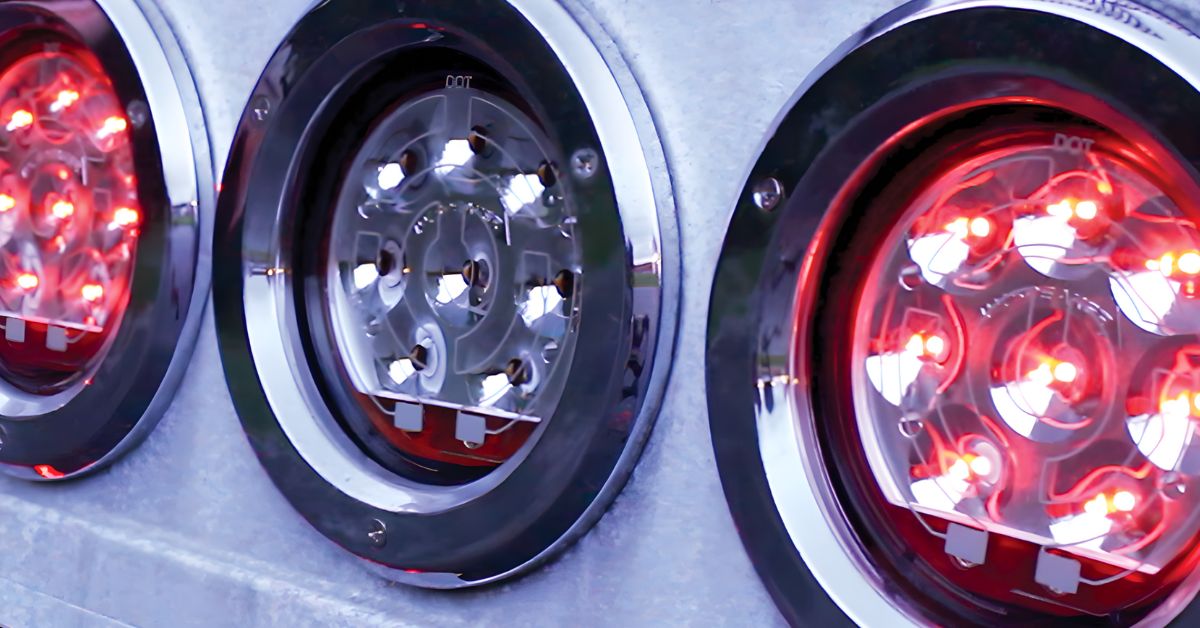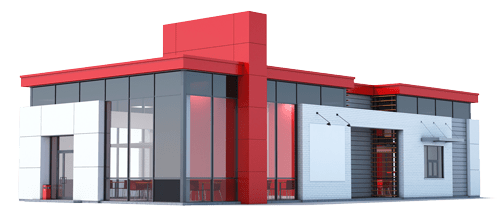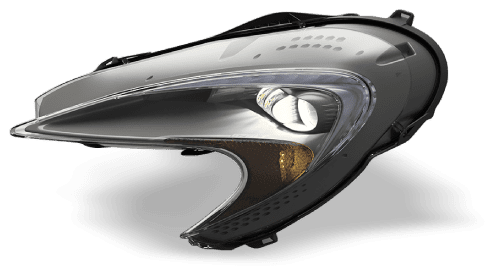
Essential LED Visibility Enhancements for Fire Trucks

Fire trucks face unique operational challenges that standard commercial vehicles never encounter. Racing through traffic during peak hours, navigating narrow residential streets at night, and positioning themselves at emergency scenes require exceptional visibility systems. Poor lighting compromises response times, endangers firefighter safety, and reduces the effectiveness of emergency operations.
The transition from traditional incandescent and halogen systems to LED configurations is more than a simple component swap. Each visibility enhancement has specific operational requirements and contributes to the vehicle’s overall safety profile. Evaluate these essential LED visibility enhancements for fire trucks to learn how you can make your fleet safer.
Advanced Headlight Systems Transform Night Operations
LED headlights deliver substantially improved illumination compared to traditional halogen systems. The crisp white light output enhances depth perception and color recognition, critical factors when navigating emergency scenes or identifying hazards during nighttime responses.
Color temperature selection influences visibility performance across different conditions. LEDs producing 5000 K to 6000 K closely match natural daylight, reducing eye strain during extended operations. This color range also improves contrast against wet pavement, smoke, and low-visibility environments commonly encountered during emergency responses.
Beam Pattern Optimization
Beam pattern optimization ensures proper light distribution without creating dangerous glare for oncoming traffic. Quality LED headlight systems incorporate precise optical engineering to direct maximum illumination where needed while maintaining appropriate cutoff lines.
Heat Management
Heat management is crucial for sustained performance during extended emergency operations. Unlike halogen bulbs that waste energy as heat, LEDs convert electricity more efficiently into visible light. Proper thermal management through integrated heat sinks and cooling systems prevents performance degradation for consistent output throughout long operational periods.

Signal Light Upgrades Enhance Traffic Safety
Brightness consistency across varying voltage conditions ensures reliable performance regardless of engine RPM or auxiliary equipment operation. Fire trucks operate several electrical systems simultaneously, creating voltage fluctuations that dim traditional incandescent signals. LEDs maintain consistent output across these voltage variations, preserving critical visibility when needed most.
Durable Lights You Can Rely On
Durability reduces maintenance requirements and eliminates unexpected failures during critical operations. LED signal lights resist vibration damage and thermal cycling that commonly cause traditional bulb failures. This reliability prevents dangerous situations where failed signals compromise communication with other vehicles during emergency responses.
Marker Light Integration Defines Vehicle Boundaries
LED marker lights clearly define vehicle dimensions during nighttime operations and low-visibility conditions. Fire trucks have unique challenges due to their size and equipment configurations that extend beyond standard vehicle profiles. Properly positioned marker lights communicate vehicle boundaries to other drivers, reducing collision risks during emergency responses.
A Closer Look at LED Marker Positioning
Side marker implementation requires careful consideration of mounting locations and beam angles. Equipment compartments, ladder storage, and hose beds create complex vehicle profiles that traditional marker systems may not adequately illuminate.
LED flexibility allows for custom configurations that address each vehicle’s specific dimensional requirements. Rear marker visibility is critical during scene operations when emergency responders position fire trucks at angles that obscure traditional lighting systems.
LED marker lights maintain consistent output regardless of ambient temperature for reliable performance during extended emergency scenes. This consistency prevents dangerous situations where dimmed markers fail to communicate vehicle position to approaching traffic.
Critical Color Coordination
Color coordination with existing emergency lighting systems prevents confusion while maintaining regulatory compliance. LED marker lights integrate seamlessly with warning light patterns, creating cohesive visibility systems that enhance rather than compete with primary emergency lighting. This integration ensures clear communication with civilian drivers and emergency personnel.
Auxiliary Lighting Addresses Specialized Requirements
Navigating the topic of essential LED visibility enhancements for fire trucks is helpful for emergency responders because each light plays a key role. Scene lighting demands powerful, focused illumination that traditional systems can’t provide.
LED auxiliary lights deliver concentrated light output for specific operational needs, including equipment setup, victim assistance, and hazard assessment. These specialized lighting systems expand operational capabilities while reducing dependence on portable lighting equipment.
Important Types of Auxiliary Lights
Work light positioning must accommodate the dynamic nature of fire truck operations. Crews need illumination at equipment compartments, around the vehicle perimeter, and in specific task areas. LED auxiliary systems offer flexible mounting options and adjustable beam patterns that adapt to various operational scenarios without requiring repositioning.
Floodlights provide broad-area illumination for scene management and safety zone establishment. LED floodlights cover larger areas more effectively than traditional systems while consuming less power from the vehicle’s electrical system. This efficiency allows simultaneous operation of multiple lighting zones without overloading electrical capacity.
Spotlight functionality delivers long-range illumination for search operations and hazard identification. LED spotlights penetrate smoke and adverse weather more effectively than traditional systems, extending the useful range for reconnaissance and assessment activities. This capability enhances crew safety by identifying hazards before they become immediate threats.

Extending LED Lifespans
Regular inspection protocols help LED systems maintain peak performance throughout their extended service life. While LEDs offer superior longevity compared to traditional bulbs, proper maintenance prevents premature failures and maintains optimal light output. Fire departments benefit from establishing systematic inspection procedures that identify potential issues.
Cleaning Your Hardware
Cleaning procedures for LED lenses and housings require specific techniques to avoid damage while maintaining maximum light transmission. Road salt, smoke residue, and general environmental contamination reduce LED effectiveness over time.
To clean LEDs, turn off the lights and disconnect the power source to avoid damage or injury. Use a soft cloth along with a mild soap solution or specialized cleaning product to gently remove dirt, debris, and grime from the lens surface.
Don’t use abrasive materials or harsh chemicals that may scratch or degrade the protective coating. For hard-to-reach areas, use a small brush with soft bristles. Regular cleaning enhances the brightness of the LEDs and extends their operational lifespan.
Strategic Investment in Emergency Vehicle Safety
LED visibility enhancements are a comprehensive approach to fire truck safety that extends beyond simple component upgrades. The combination of improved headlights, enhanced signals, strategic marker lights, and specialized auxiliary lighting creates synergistic safety benefits that protect firefighters, civilian drivers, and emergency scene personnel.
The evolution of LED technology continues to offer new opportunities for visibility enhancements and operational improvement. Fire departments that establish comprehensive LED upgrade programs position themselves to take advantage of ongoing technological advancements while building systematic expertise in modern emergency vehicle lighting systems.
Explore the options available now, such as LED warning lights, and uncover the best ways to implement high-quality lights in your fire truck design at J.W. Speaker.


